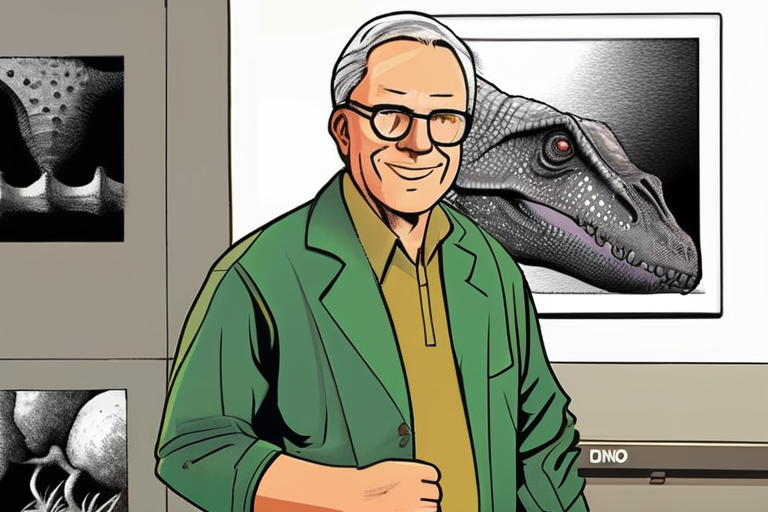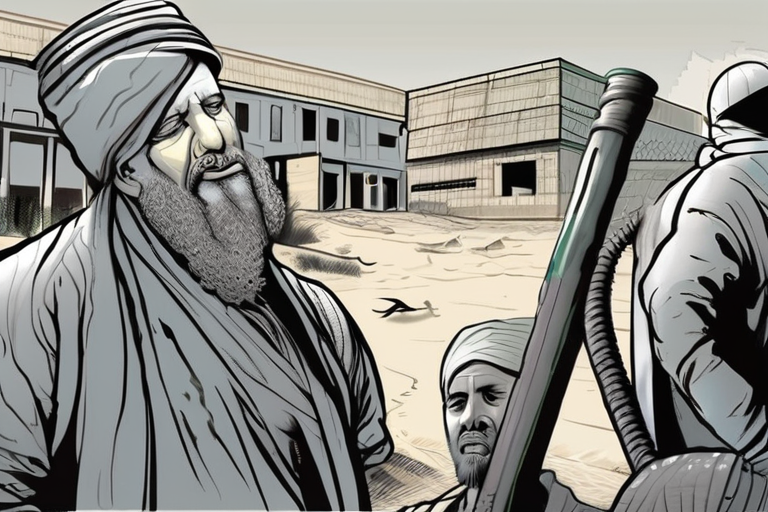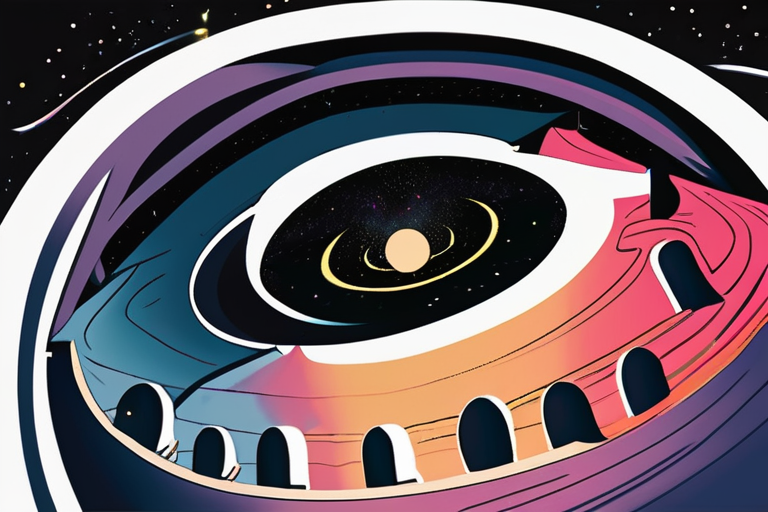Mark Norell: Pioneering Palaeontologist Who Showed Dinosaurs Still Walk Among Us
Renowned palaeontologist Mark Norell, whose groundbreaking discoveries revolutionized the field of dinosaur research, has passed away at 68. As a curator at the American Museum of Natural History in New York City, Norell spent his career pushing the boundaries of scientific understanding and captivating audiences with his work.
Norell's most significant contribution was demonstrating that birds are direct descendants of theropod dinosaurs, including Velociraptor and Tyrannosaurus. This finding, which he achieved through a combination of fieldwork, cutting-edge analysis, and collaboration with colleagues, fundamentally changed the way scientists and the public perceive these prehistoric creatures.
"Mark's work showed us that dinosaurs didn't just rule the Earth millions of years ago – they're still among us today," said Dr. Julia Clarke, a colleague and friend of Norell's. "His discovery that birds are living dinosaurs was a game-changer for our field."
Norell's innovative approach to palaeontology involved using advanced imaging and chemical techniques to study fossil anatomy, including brains and feathers. This work revealed new insights into dinosaur growth, reproduction, and behavior, and helped establish the fact that many modern bird species have direct connections to their prehistoric ancestors.
One of Norell's most significant contributions was the development of a method for estimating the age of fossils by accounting for the age of related species. This approach, known as "ghost lineages," has become widely adopted in palaeontology and has allowed researchers to better understand the evolutionary relationships between different species.
Norell's work had far-reaching cultural impact, captivating audiences with its blend of science, adventure, and discovery. His research teams' use of imaging techniques to study fossil brains and feathers sparked widespread media attention and public interest in the field.
As news of Norell's passing spreads, colleagues and peers are mourning the loss of a true pioneer in palaeontology. "Mark was a giant in our field," said Dr. John Horner, a fellow researcher. "His legacy will continue to inspire new generations of scientists and enthusiasts alike."
The American Museum of Natural History has announced plans to hold a memorial service for Norell in the coming weeks. In the meantime, his colleagues and friends are reflecting on the profound impact he had on their field.
Background
Mark Norell spent over three decades at the American Museum of Natural History, where he served as curator of palaeontology. His research focused on the evolution of dinosaurs and their relationships to modern bird species. Throughout his career, Norell collaborated with researchers from around the world, publishing numerous papers and books on his findings.
Additional Perspectives
Norell's work has been widely praised by colleagues and peers in the field. "Mark was a true master of his craft," said Dr. Hans-Dieter Sues, a fellow researcher. "His contributions to our understanding of dinosaur evolution will be remembered for generations to come."
As news of Norell's passing spreads, social media platforms are filled with tributes and condolences from colleagues, friends, and fans around the world.
Current Status
The American Museum of Natural History has announced plans to hold a memorial service for Mark Norell in the coming weeks. In the meantime, his colleagues and friends are reflecting on the profound impact he had on their field.
In related news, the museum is planning a new exhibit showcasing Norell's research and discoveries. The exhibit, set to open later this year, will feature interactive displays, fossil specimens, and other materials that highlight the significance of Norell's work.
As the palaeontology community mourns the loss of Mark Norell, his legacy continues to inspire new generations of scientists and enthusiasts alike.
*Reporting by Nature.*



 Hoppi
Hoppi

 Hoppi
Hoppi

 Hoppi
Hoppi

 Hoppi
Hoppi

 Hoppi
Hoppi

 Hoppi
Hoppi











